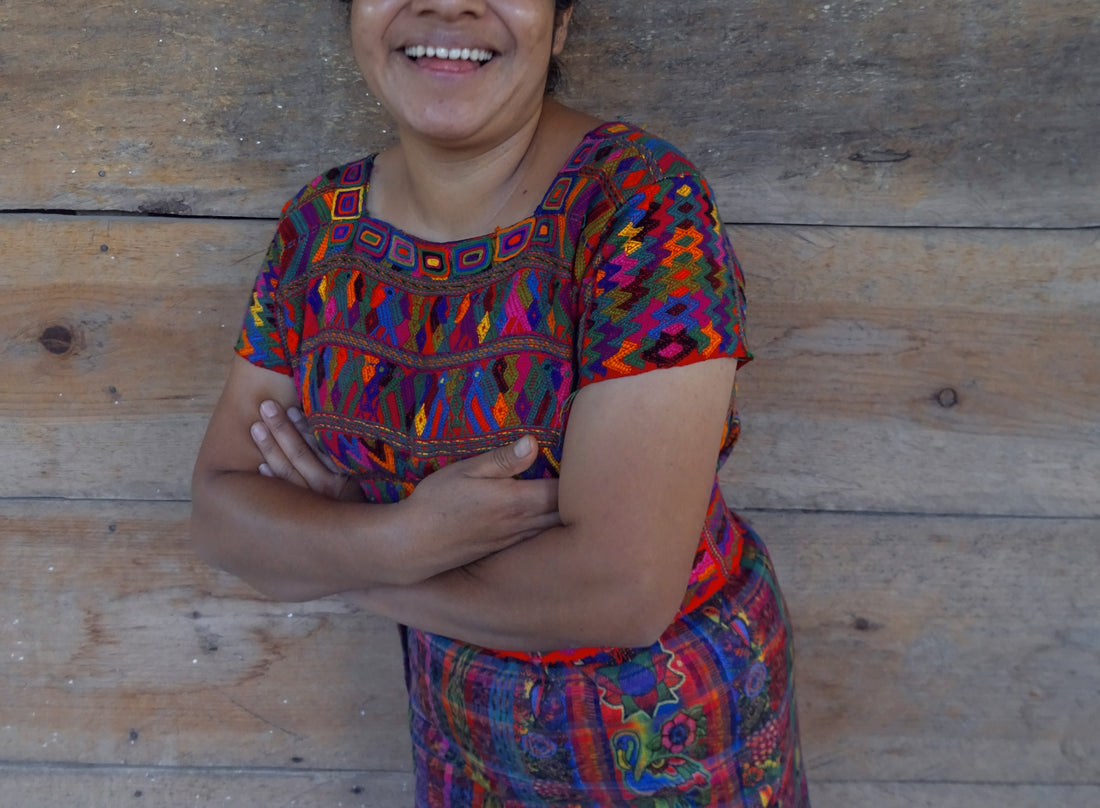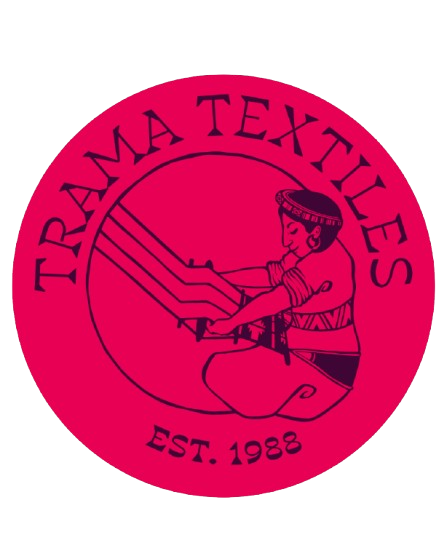
Textile Stories: The Guatemalan Huipil
The textile tradition of the huipil can be found amongst many communities in Latin America. Among Latin America’s smallest countries, Guatemala has one of its largest Indigenous populations, reported to be upwards of 60 percent. In Guatemala, the huipil, the top or torso portion of the traje (traditional Indigenous womens’ dress), is worn by Indigenous populations as a form of expression of their ethnic identity. The word itself, huipil, is derived from a Nahuatl word huipilli, meaning “my covering”. Amongst Mayan languages it may be referred to as a “po’t”.
History:
Huipiles have a deep history, transforming and evolving with Indigenous communities through time. In Autonomous Period Central America, huipiles were used primarily in ceremonial contexts, in particular for religious ceremonies. During the Spanish conquest, Indigenous populations were prescribed their own colors based on the region each Indigenious group was from in order to be easily recognized by colonial powers. During the Guatemalan Civil War (1960-1996) wearing traditional clothing was seen as a dangerous act as it could identify a person as Indigenious. As such many chose to stop wearing their trajes in the years of the conflict. Since the end of the Civil War, huipiles may be worn for all aspects of societal life and are often worn in more relaxed day-to-day settings.
The huipil itself is composed of one to three panels which are then joined by special seams called randas. Traditionally, they were made from cotton and agave fibers, and cochineal, seashells, indigo, and coffee were used to make colored thread. The Spanish would subsequently introduce fabrics such as silks and wool to the weaving process which has since been assimilated in different forms. In addition, through the years rayon, mercerized cotton thread, acrylic fiber, and embroidery floss have become common. Popular and modernized fabrics/styles are often integrated depending on the desires of the wearer.
Style:
Color symbolism is used heavily in the making of each huipil, with distinctive colors referencing each regional community or overarching symbolism that is important to the Maya community as a whole. For instance, navy blue may be used to represent the sky or water, green may be used to represent royalty, the earth, or the Quetzal bird, the national bird of Guatemala. The color of the Huipil is not the only distinction throughout communities. The shape of the collars also vary, some being round or square, some ornately embroidered while others having a more simple design. Weavers typically choose motifs to tell personal narratives or acknowledge cultural mythologies. Symbols such as the sun, diamonds, or butterflies are used to convey personal stories, represent agriculture, or their Maya beliefs.
The length of the huipil can also depend on local custom or needs of that prospective community. For example in regions where there is typically a warmer climate, weavers will make the huipiles shorter. In particular, where Trama is located, communities in Quetzaltenango are known for their color palette of reds, yellows, and purples. Elaborate motifs of birds, flowers, and stars are typical in the main composition of a three-paneled garment and floral and animal patterns adorn usually round collars.
In recent years, with the emergence of the Pan-Maya movement (a ethno-political ideology among the Maya communities of Chiapas, Guatemala, and Belize), women are now more often straying from the regional designs of their communities. Instead they are opting to buy and wear designs from other communities, often as a gesture of sisterhood, kinship, and Pan-Maya ethnic pride. Today, women are much less bound by tradition or regional boundaries, young women may choose to make or buy huipiles according to their style, not just traditional symbolism.
In conclusion, the textile tradition of the huipil has evolved alongside Indigenous communities for centuries. When finished, the work of art that often takes months to make, tells a story of both individual and communal identity of the many Indigenous communities that reside in Guatemala. Here at Trama, we seek to share the importance of this evolving tradition in each huipil, and in each textile.
Written by Gabrielle Mancha Fajardo
Sources:
Giron, Rudy, et al. “The Redefinition of the Pan-Maya Identity.” AntiguaDailyPhoto.Com, 26 Aug. 2020, https://antiguadailyphoto.com/2010/08/18/the-redefinition-of-a-pan-maya-identity/.
Gustafsson, Jenny. “Identity, Community, and Defiance, All Woven into a Blouse.” Atlas Obscura, Atlas Obscura, 6 May 2019, https://www.atlasobscura.com/articles/huipils-in-guatemala.
“The Huipil, Falda, & Corte of Guatemala.” TravelArk 2.0, http://v2.travelark.org/travel-blog-entry/michellendave/2/1294835993.
Rittmeyer, Miriam. “The Huipil: An Everlasting, Indigenous Cultural Emblem.” Phalarope.org, Phalarope.org, 8 Feb. 2021, https://www.phalarope.org/magazine/2021/1/30/the-huipil-an-everlasting-indigenous-cultural-emblem.
Stone , Caroline. “Huipiles from Guatemala - TRC Leiden.” Textile Research Center , 20 Apr. 2021, https://www.trc-leiden.nl/trc/index.php/en/blog/1210-huipiles-from-guatemala.
